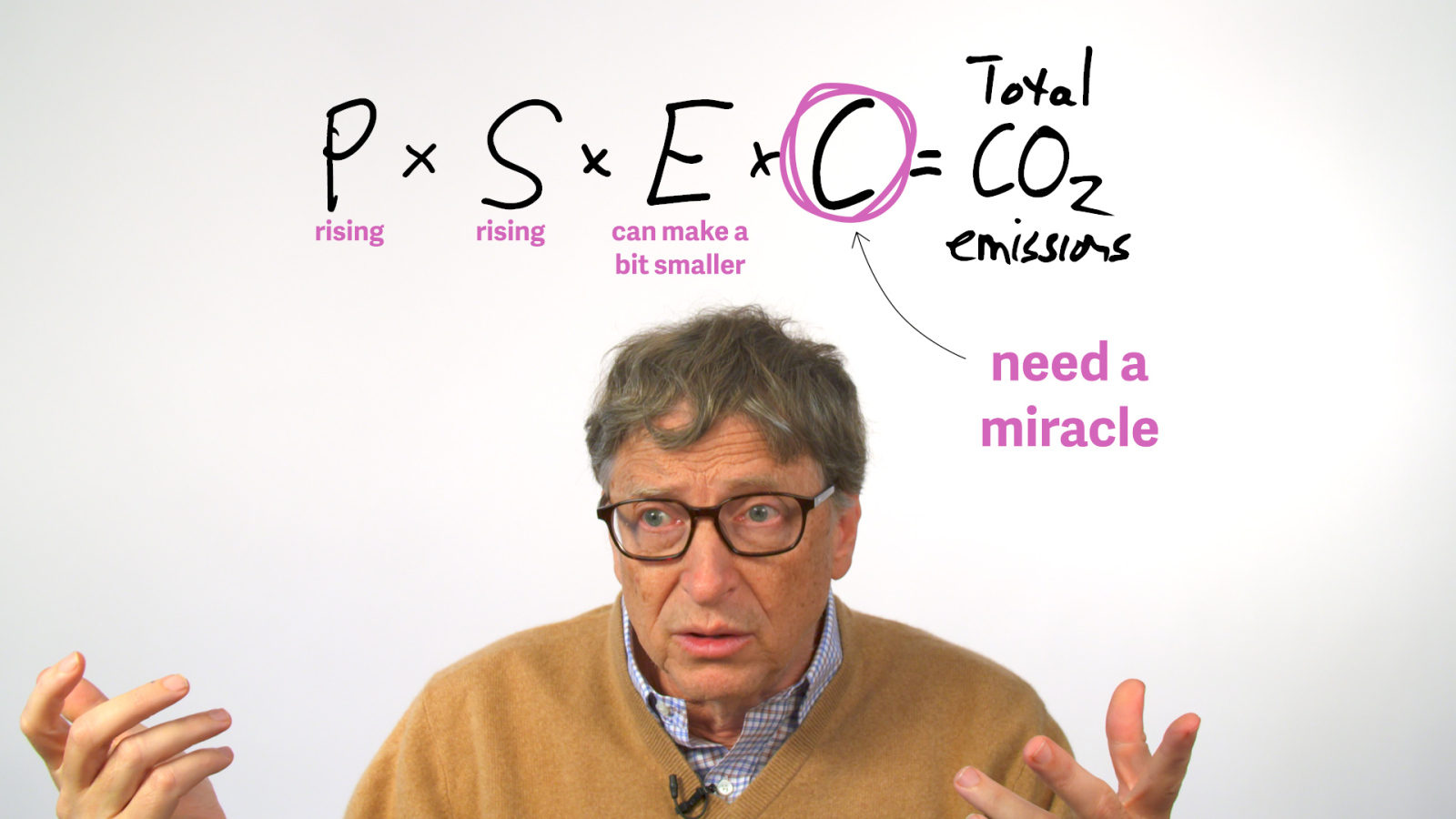Erratic power supply AKA Dumsor has always been hot topic these past few years .Pronounced “doom-sore” (or more appropriately dum sɔ, “off and on”) is a popular Ghanaian term used to describe persistent, irregular and unpredictable electric power outages. Everybody from businesses to households has been affected one way or the other. In addition to this most Ghana residents have had to spend 200-300% more than what they used to spend on electricity five years ago.
2016 is an election year in Ghana and I hear lot of promises from political parties and politicians alike. These promises include, good roads, education, health, jobs and of course Energy .
Thousands of Ghanaians attended the much anticipated ‘Dumsor must stop vigil’ in Accra on Saturday.
The protestors clad in red and black outfits marched from the Total Filling station opposite the University of Ghana to the Tetteh Quarshie Interchange here in the Greater Accra Region.
The vigil was led by Yvonne Nelson and other celebrities such as Efya, DKB, Sydney,Van Vicker and a host of others. Watch the the video here
Can we be brutally honest with each other as Ghana residents?
- Our energy demands have risen over the years and we require more capacity
- Energy prices have risen all over the world and reliance on only hydro isn’t sufficient for Ghana anymore
- There is no political party that can reduce electricity tariffs to rates that were being paid 5-10 years ago. Even if anybody tried, it wouldn’t be sustainable
- Electricity prices will continue to rise in the coming years and the time to change our mindset is now
- Ghana needs a serious national policy plan /implementation on energy matters
- All the are above play a key role in Dumsor
I have to admit times are pretty hard in Ghana these days. A lot of people are unable to pay their utility bills. Some have actually resorted to either connecting utilities illegally or using less. Many people in Ghana have been caught, some of them being foreign businesses and all .I also know a few people who switch off their refrigerators or deep freezers at night.
Another interesting fact is that for those who are buying new electrical appliances, price becomes the most important or deciding factor so much such that efficiency is thrown out of the window.
While interacting with people we get these statements quite frequently: So you tell people to use less electricity and conserve it?” or “Your website has ideas on how to buy appliances, how does that relate to saving electricity?” The easiest way to save energy (or electricity) is to use less of it, but we have to be realistic in our approach. Our lifestyles are changing, and with increased pace of development, our need for appliances is increasing and so is our need for energy. Thus the ideal mix to save energy will involve both conservation and efficiency. Now let us look at what is the difference between the two.

kicking dumsor out of Ghana
What is Energy Conservation?
Whenever you use less of something that means that you are trying to conserve it. So if you use a 1100cc vehicle instead of a V8 vehicle, it means that you are trying to conserve fuel (among many other reasons why you would prefer to use 1100CC over a V8 motor vehicle). If you switch off lights when they are not needed, then you are conserving energy. When you increase the temperature at which you operate your air conditioner from say, 24 degrees to 25 degrees, you are conserving energy. You also conserve energy when you switch off your DSTV decoder boxes and TVs when they are not in use.
Energy Conservation is all about using energy only when it is required and using it as much as needed for the job and not wasting any amount of it. It requires a conscious effort from the user of energy to make sure that there is no wastage on a regular basis. It requires a lot of behavioral change and needs effort. It may not need any investment always.
So what is Energy Efficiency?
Energy efficiency in contrast means using lesser energy to do the same job. When you buy a car that gives more mileage, you use less fuel to travel the same distance. When you buy a 5 star rated air conditioner instead of a 3 or 2 star rated air conditioner, it means that for the same usage and in same conditions, you use less electricity (for the same temperature at which you operate them). If you use a 5 star rated air conditioner at higher temperature, you double the effect and combine energy efficiency with energy conservation.
Energy efficiency has more impact on your personal finances. An efficient appliance may cost more than an inefficient appliance. Although the additional capital cost may get recovered in form of electricity savings. Energy efficiency may not require physical effort but requires change in people’s buying patterns. It requires knowledge of various products and their efficiencies. If people start buying more of efficient products, manufacturers will start producing more of them.
Conclusion
Both energy efficiency and energy conservation have the same goal.That is to save energy and the same impact: saves money. Both can individually save energy but when coupled together can save double the amount of energy and money. It depends on your choices as to which one you like to do. A good mix of the two can ensure high savings with low investments and efforts. Finally ,going solar is a brilliant way to achieve all this in a single move by trying out our mini off-grid solar packages All these efforts will go a long way in curbing Dumsor






















